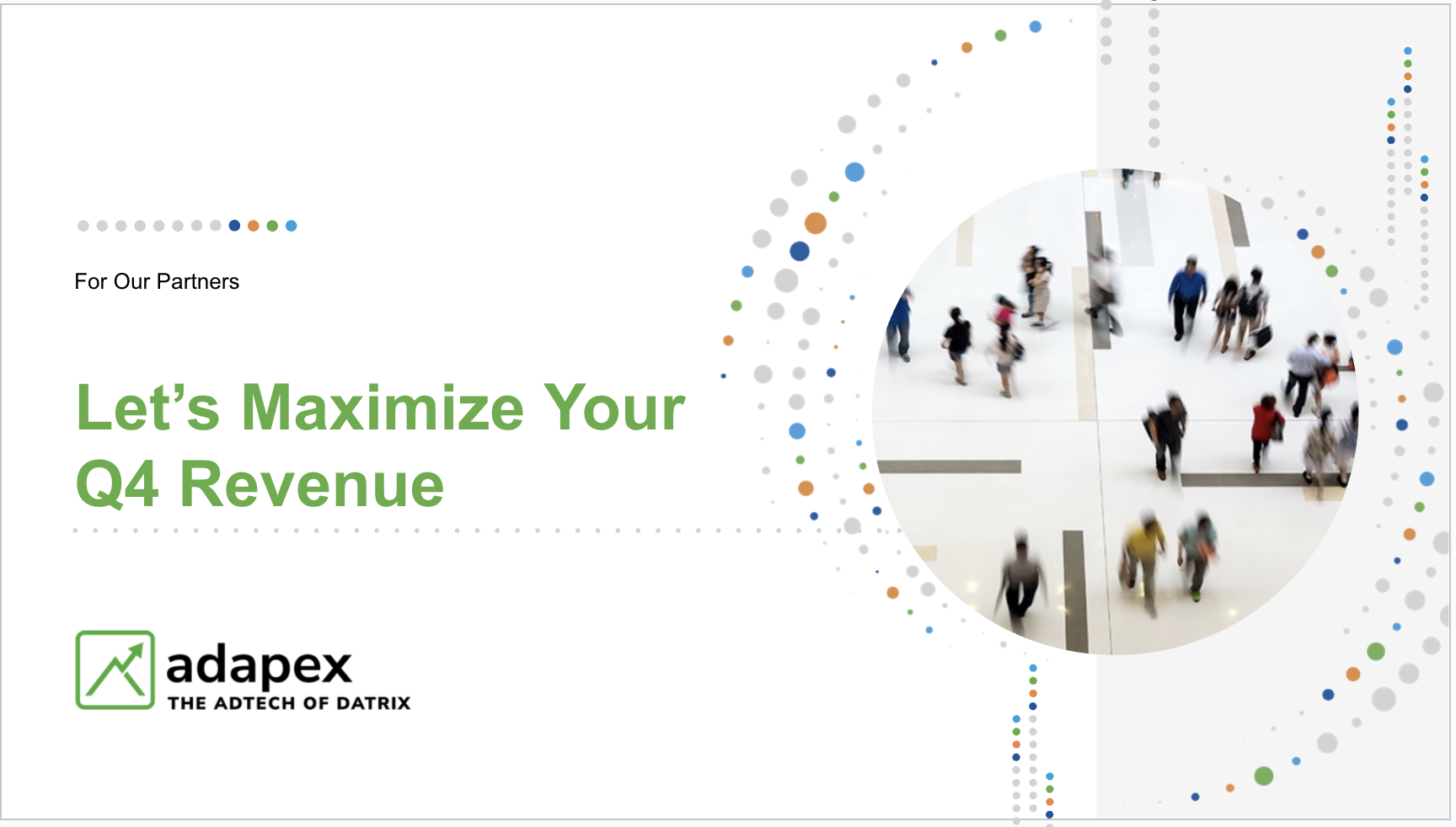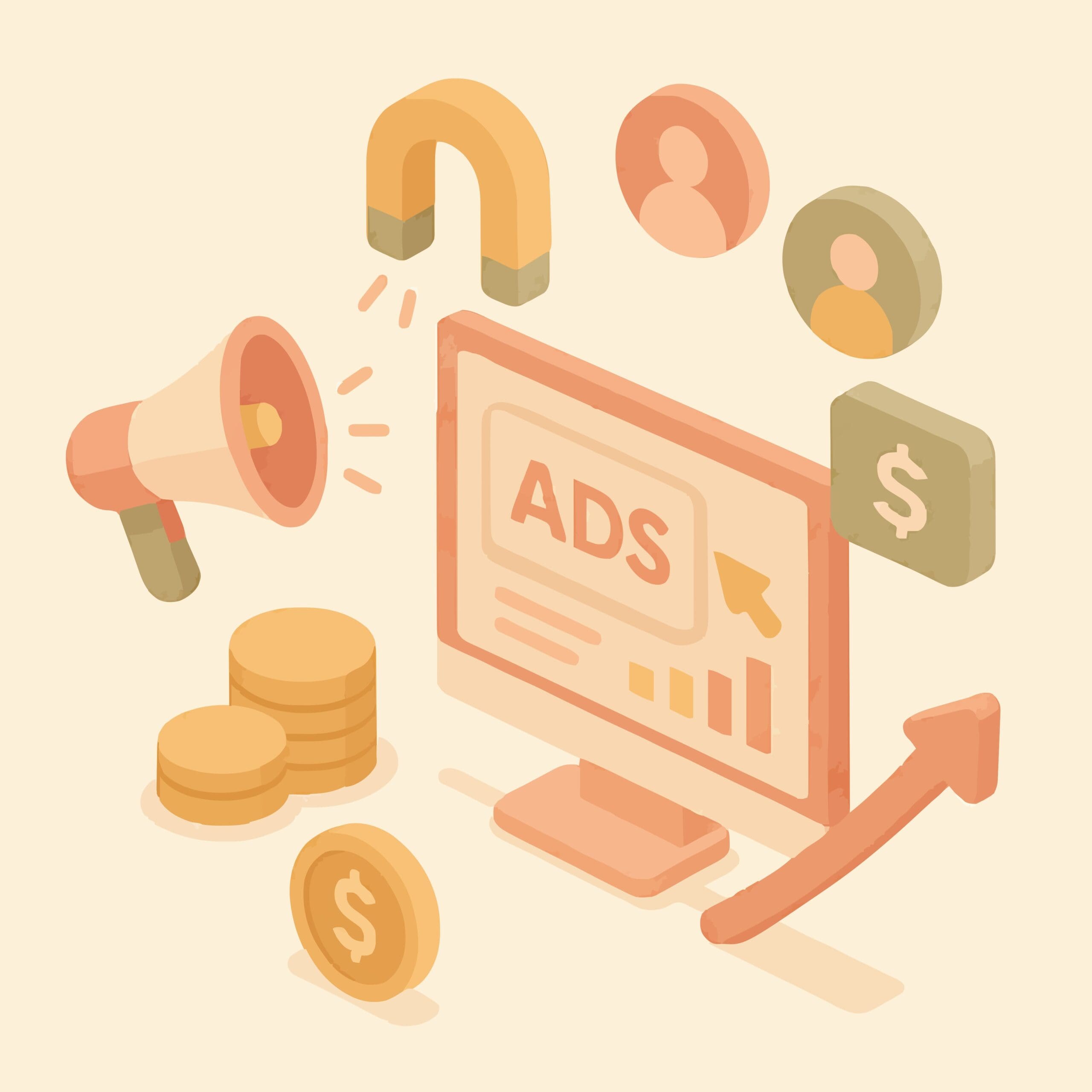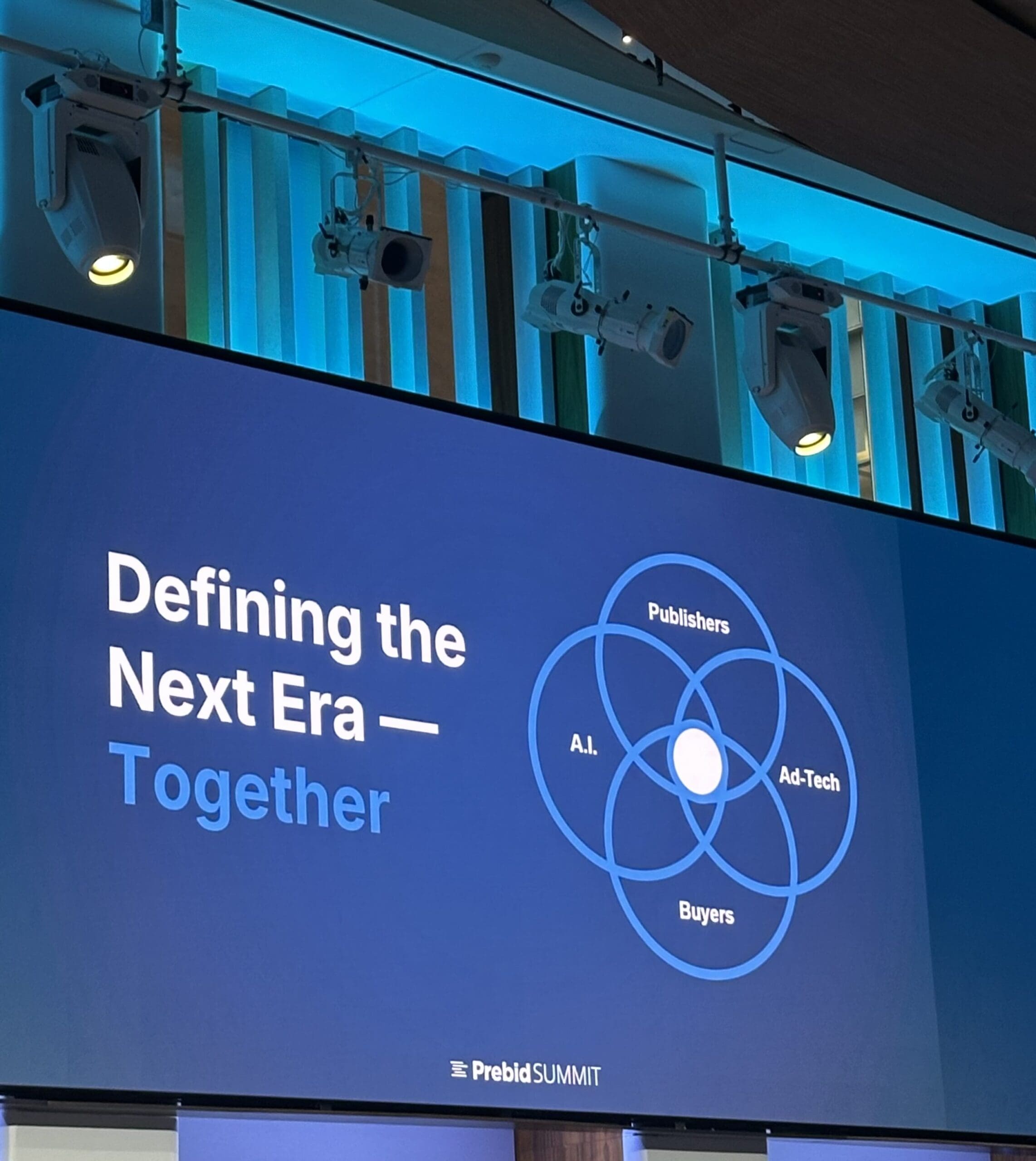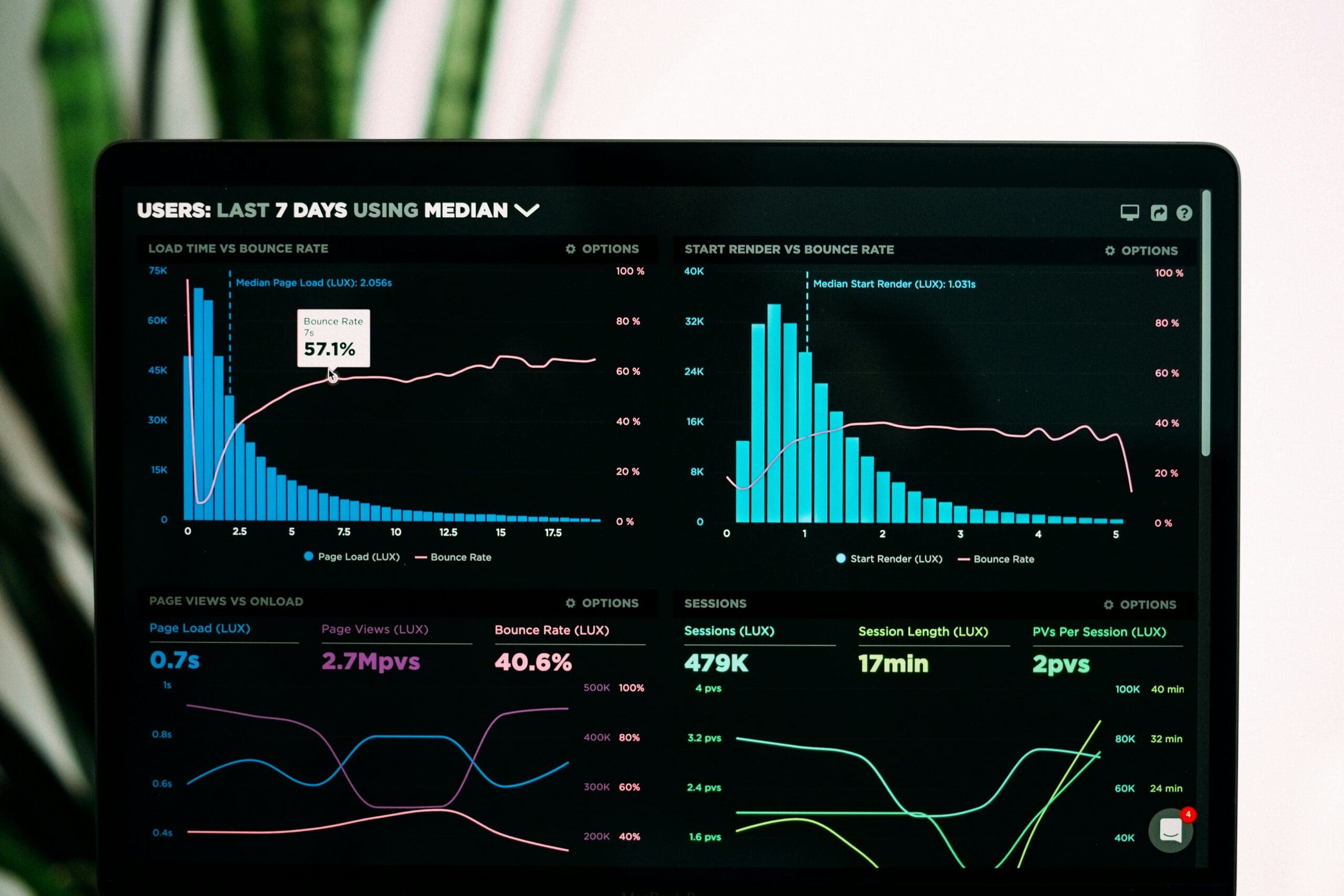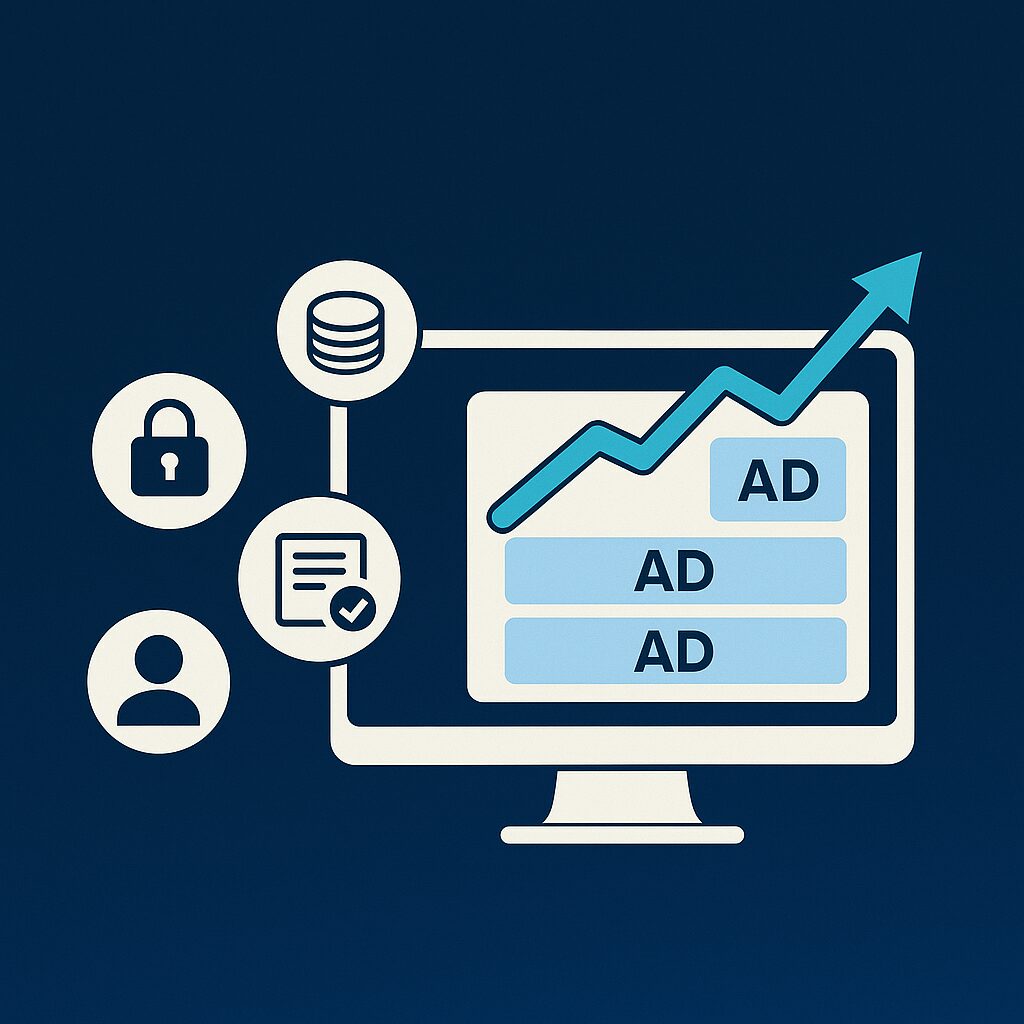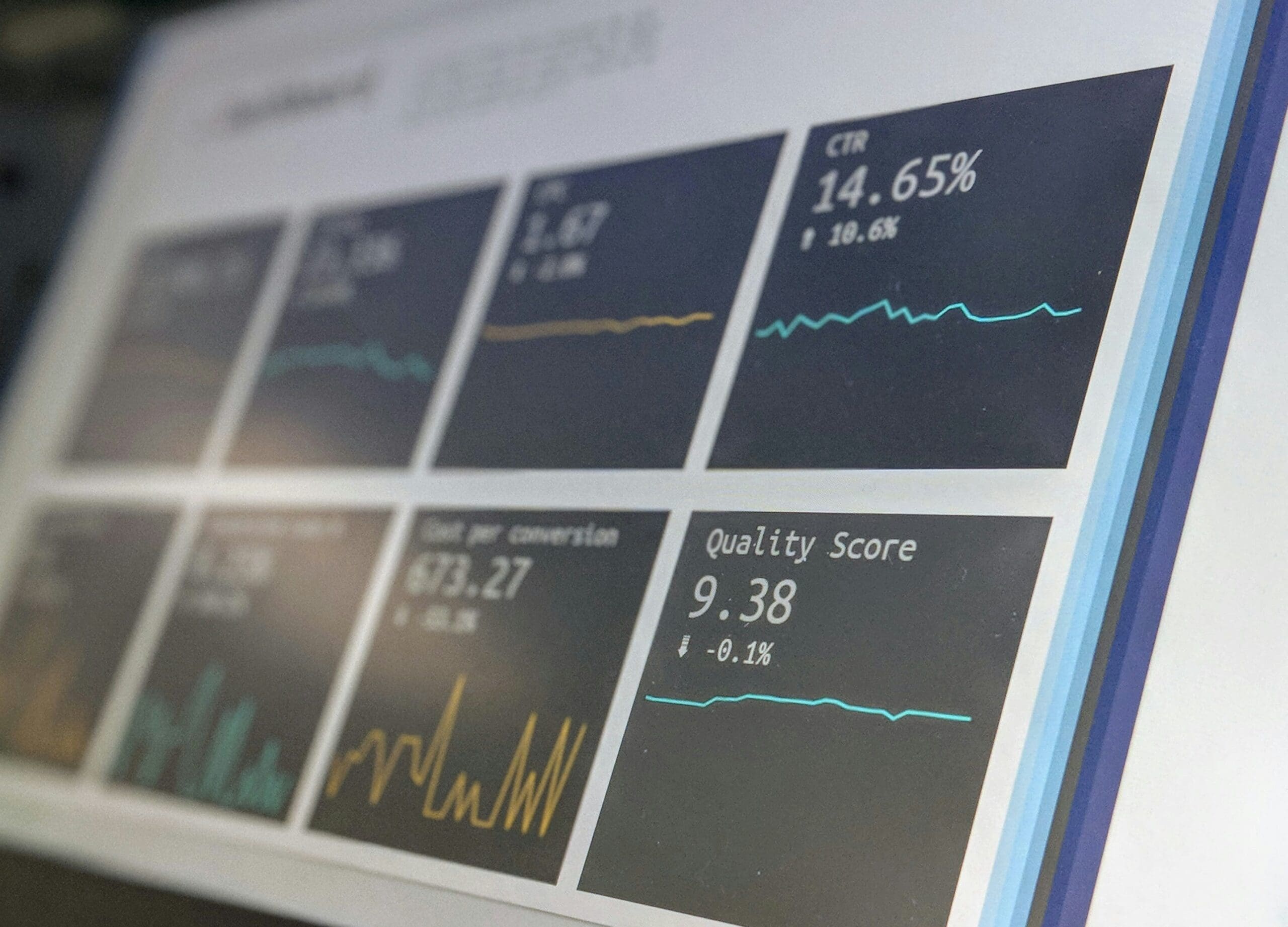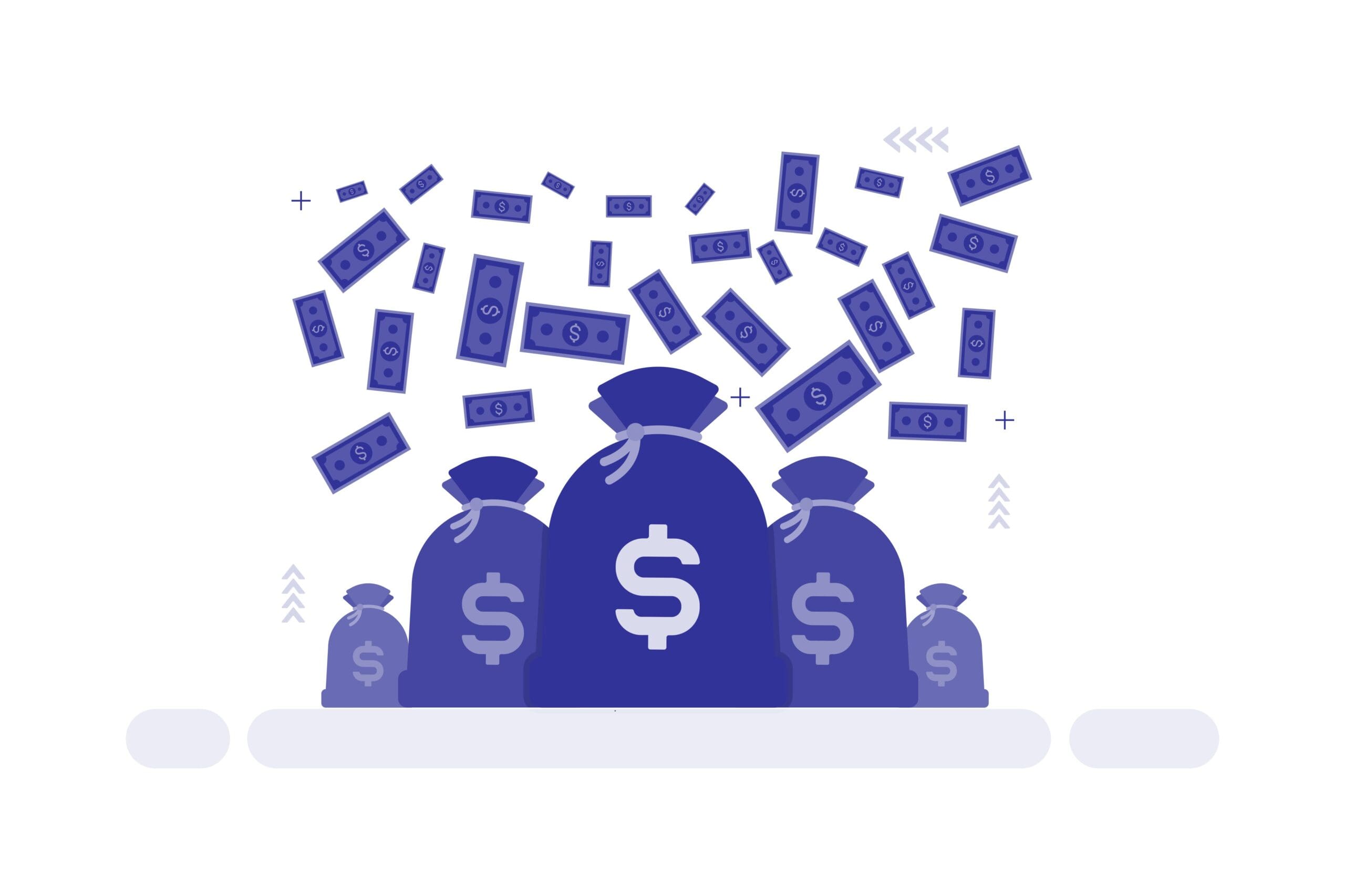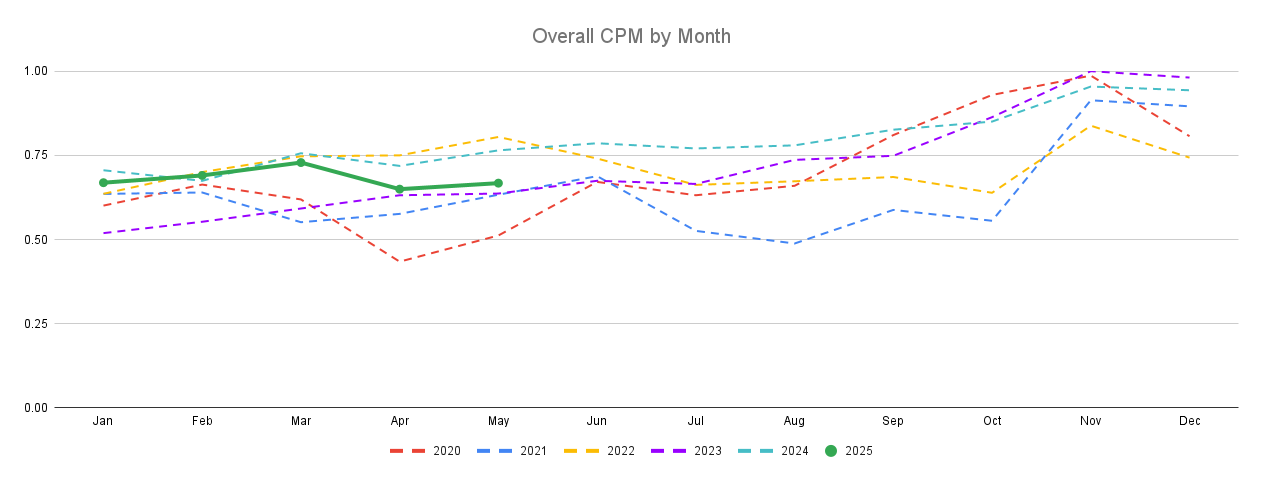Big volatility. Partial recoveries. AI Overviews rising. If your site felt a tremor in rankings this summer, you weren’t alone. Google’s June 2025 Core Update, which rolled out from June 30 to July 17, was one of the most impactful in recent memory.
Some publishers saw improvements, especially if they had been affected by earlier updates like the September 2023 Helpful Content Update. Others experienced new drops in visibility. Many experienced erratic movements throughout the month.
In short, this was not a subtle update, and publishers should understand what happened, why it matters, and what to watch moving forward.
What Happened During the June 2025 Core Update
1. Volatility Was High and Prolonged
According to data from Similarweb, Semrush, and Sistrix, this update saw two major waves of ranking fluctuations:
- 📈 Wave 1: Began around July 2, shortly after the update announcement.
- 📈 Wave 2: A second, more intense spike occurred July 10–14.
All major SERP volatility tracking tools registered sustained turbulence well beyond the official end of the rollout on July 17.
“The June Core update was on a large scale and had at least two waves of effects across a wide range of domains and content types.” – Steve Paine, Sistrix
2. Some Publishers Saw Partial Recoveries
Publishers previously impacted by Google’s Helpful Content or Reviews Updates began to recover, at least partially. That included sites with long-tail content, niche authority, or that had invested in cleaning up thin and outdated content.
But not all recovery stories were happy ones. Many others, particularly in the health, retail, and travel categories, saw continued ranking losses or increased instability.
3. AI Overviews Are Gaining Ground
Semrush reported that AI Overviews (summarized answers shown in search results) appeared in up to 20% of queries by the end of the update. While that number dropped slightly post-rollout, this signals a clear trend.
For publishers, this means:
- Less traffic, even from high-ranking articles.
- Increased competition from zero-click search experiences.
- The need to optimize content structure for summarization and clarity.
Why This Matters for Publishers
👉 You may be recovering (finally)
If your site was previously hit and you’ve improved your content quality, this update may have rewarded you. Check your performance in Search Console and analytics for signs of rebound starting around July 2 or July 11.
👉 Or, you may have been caught in the crossfire
Some sites saw fresh ranking drops with no clear reason, especially in verticals with high content saturation or YMYL (Your Money, Your Life) topics. That doesn’t mean your content is bad; it may simply reflect a shift in Google’s assessment criteria.
👉 AI is reshaping visibility
The impact of AI Overviews is growing. Even great content may not get the same clicks it used to if users are satisfied with the AI-generated summary at the top of the page.
What You Can Do Next
✅ 1. Audit and Strengthen Existing Content
- Identify low-performing or outdated content.
- Improve clarity, structure, and specificity.
- Focus on user value over keyword density.
✅ 2. Optimize for AI and Featured Snippets
- Use clear headers, short answers, and schema markup.
- Ensure key questions are answered within the first few paragraphs.
- Make your content easy to quote or summarize accurately.
✅ 3. Double Down on Topical Authority
- Expand quality content around niche areas you already rank for.
- Internal linking helps show depth and expertise.
- Avoid spreading thin across too many unrelated topics.
✅ 4. Monitor Rankings Over Time
- Use tools like Semrush, Sistrix, or Search Console to track ongoing volatility.
- Ranking changes can still occur after the official rollout ends.
🔎 A Look at the Volatility (Visual Example)
Here’s what the spike in volatility looked like across SERP tracking tools during the rollout:
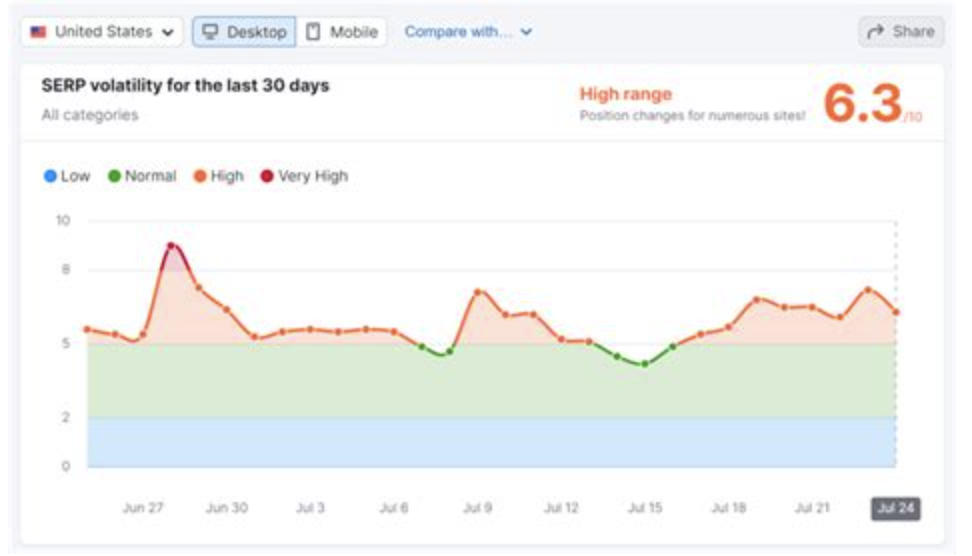
Source: Similarweb SERP Seismometer
Key Dates to Watch:
- July 2: First signs of impact
- July 11–14: Second, more volatile wave
- July 17: Official end of update (but not the end of movement)
🧭 Final Thought
The June 2025 update was a powerful reminder that organic search is anything but static. Publishers who continue to invest in quality, structure, and user-focused content will weather these storms best.
If you’ve been affected, or aren’t sure, you’re not alone. Understanding what changed and why is the first step toward regaining visibility and future-proofing your traffic.
Need help interpreting the impact on your site?
We’re happy to take a look, just reach out.


